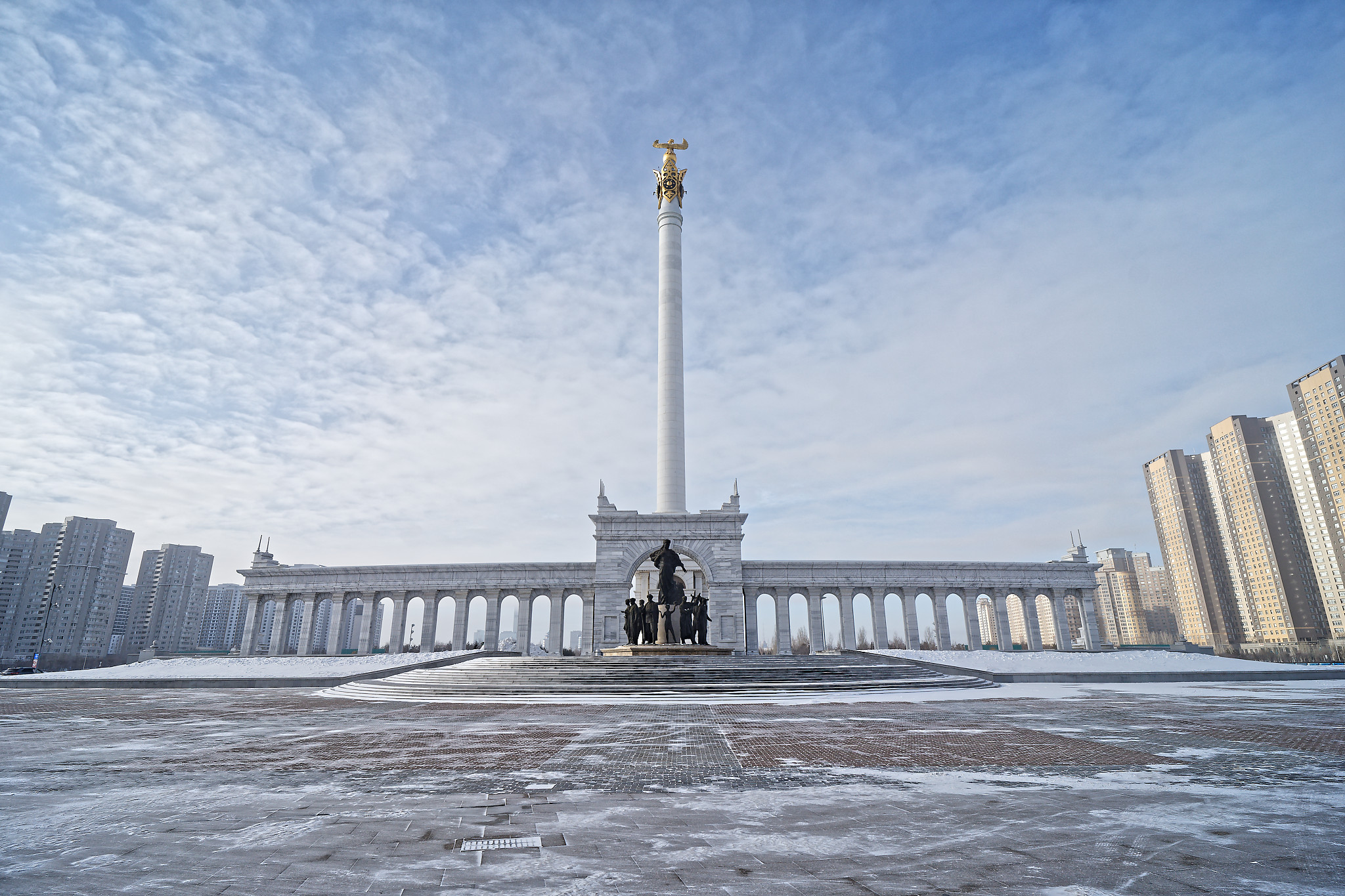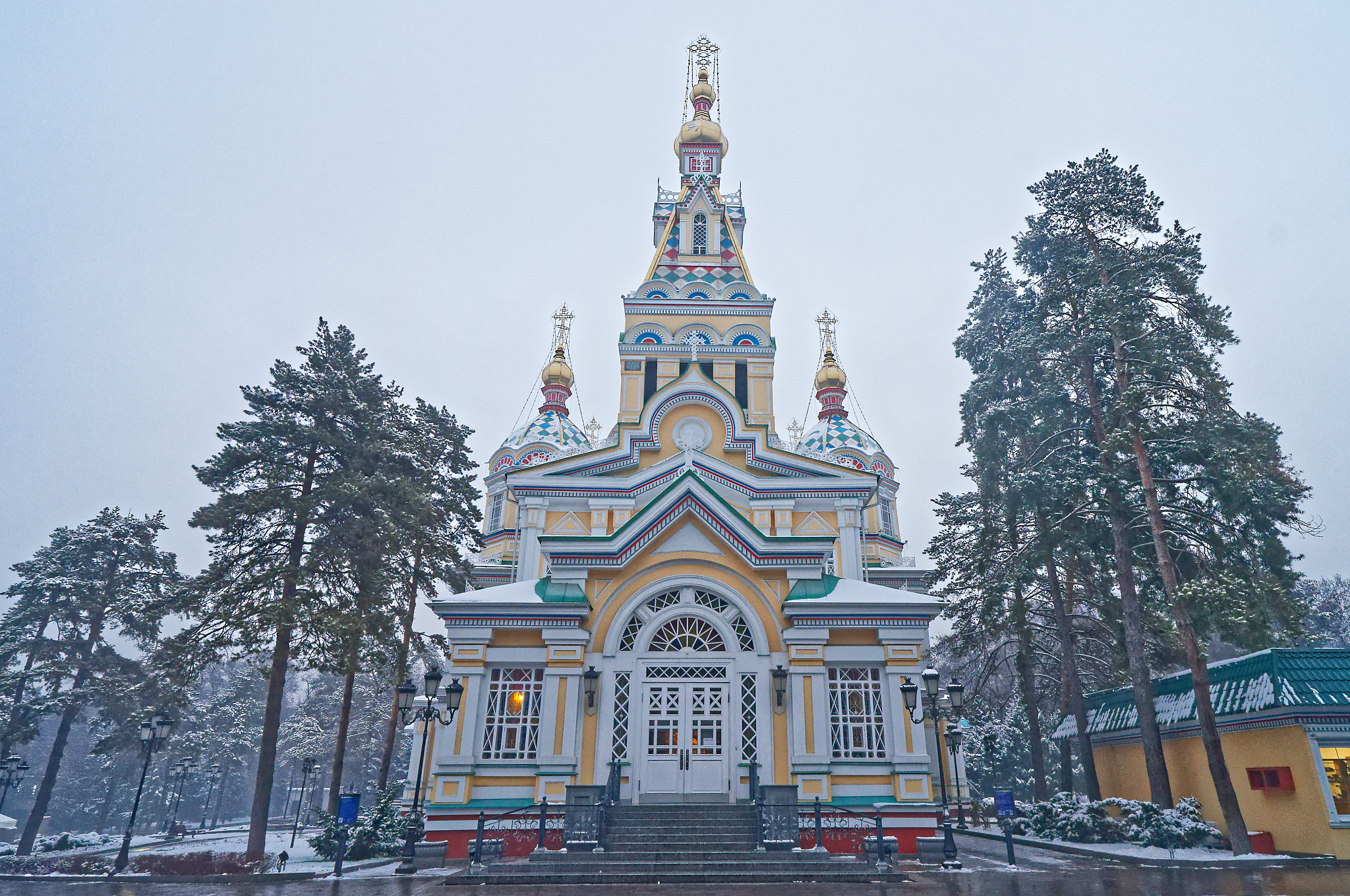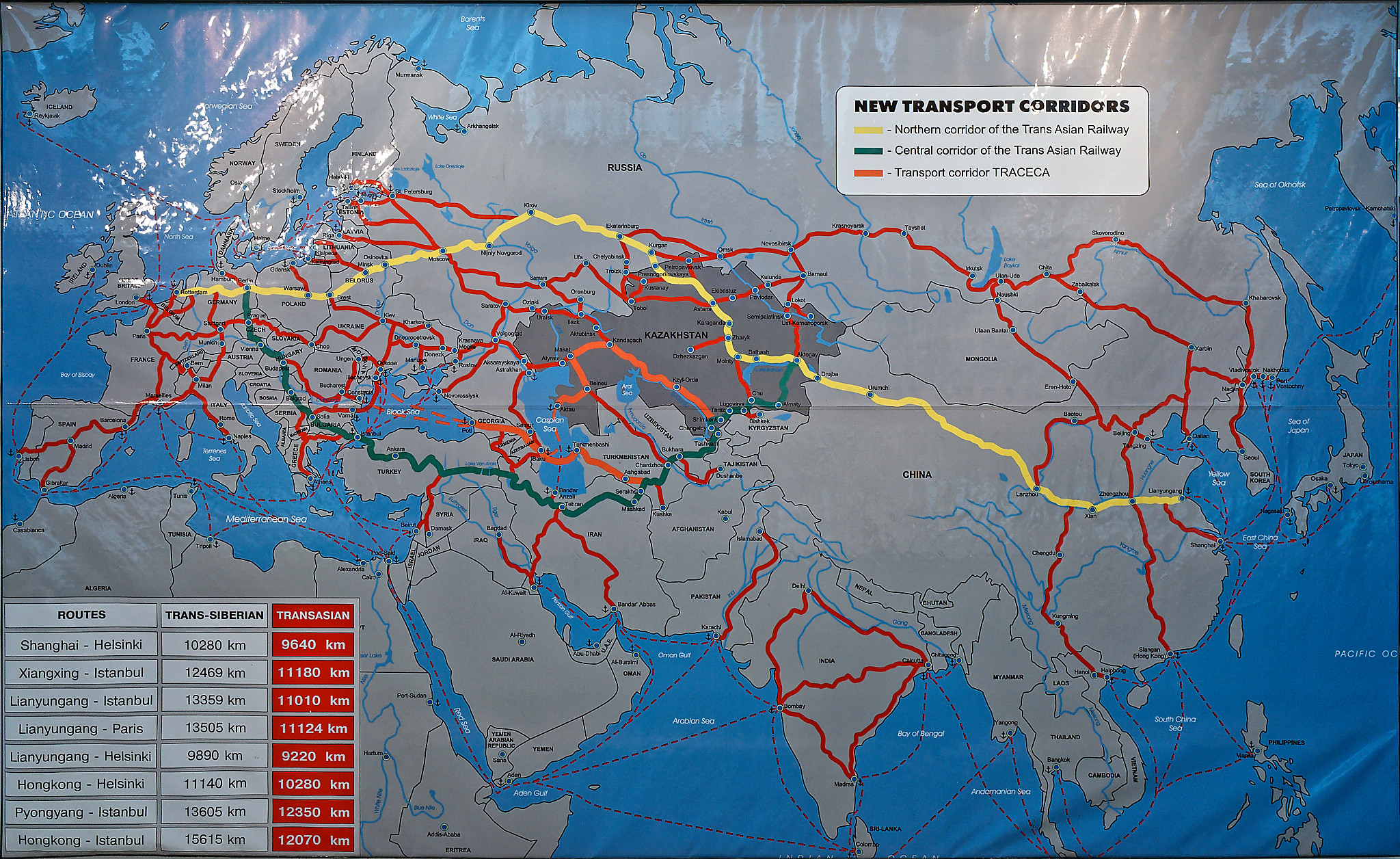Astana and Almaty, Kazakhstan
In the slumbering stillness Nature looked kindly on us:
Kazakh poetry, Myrzaliev, excerpt from Surviving the silent steppe, Mukhamet Shayakhmetov
What pride we take in a soul as boundless as the steppe,
We inhale the wind rushing across the plains so free,
Treasure the meditative translucence of our lakes,
Stubborn and stoic, we stand firm as the rocks.
Nomadic life the sand-hills taught us long ago,
And to stand tall – the ridges showed us how,
Caution came to us on the wings of the dark night.
Our destinies are like paths forged in the steppe.
And our smiles – the sun in the grey skies above
A guest is always welcome in a Kazakh home,
For we know that a guest in the home
Brings joy – just like a newborn boy!
I have been longing to visit Kazakhstan for many years, ever since I read the “Dawn of Eurasia” where a memory of Leonid Brezhnev from his years in Kazakhstan is to be found.
Leonid Brezhnev observed that Kazakh officers and soldiers would sing mournfully, not about the wives or girlfriends left behind but about the steppe at home.
Reading this, I could not help but think that there had to be something uniquely profound and beautiful about the Kazakh people, something as beautiful as the endless steppe.

Astana

National Museum of the Republic

Almaty
